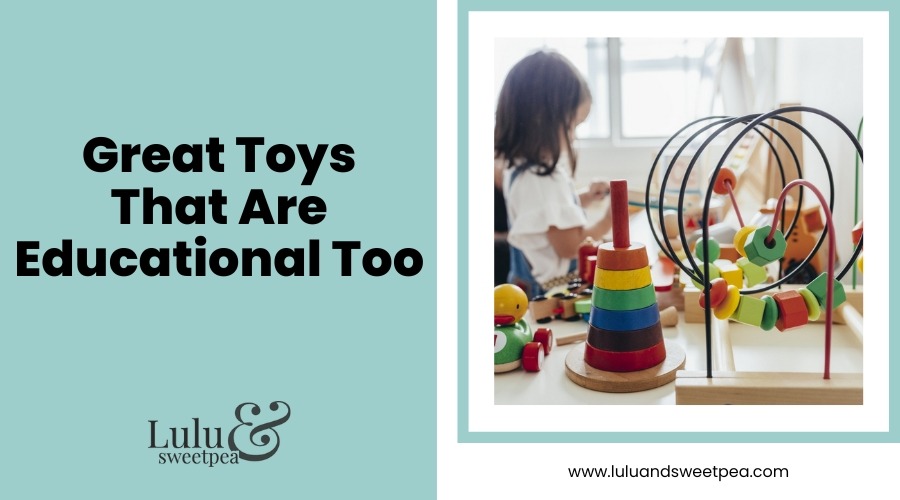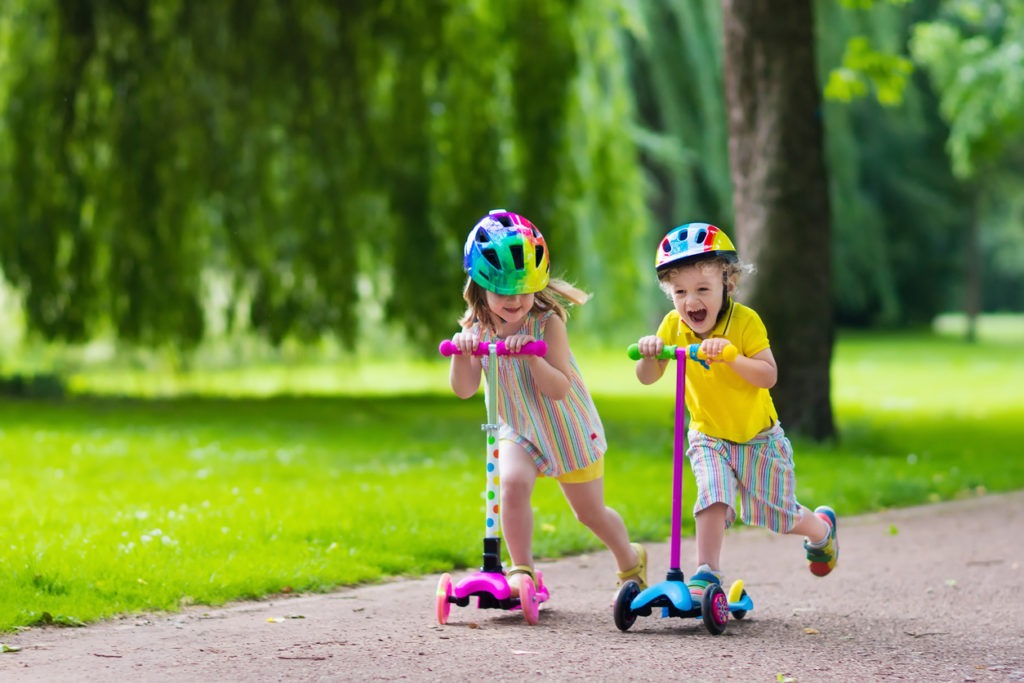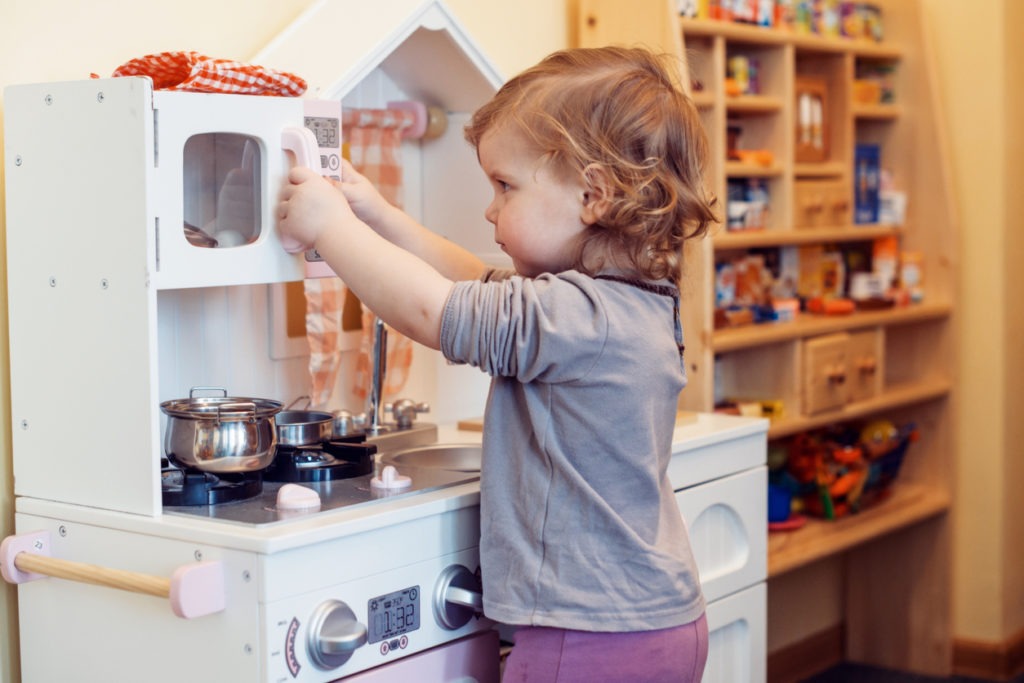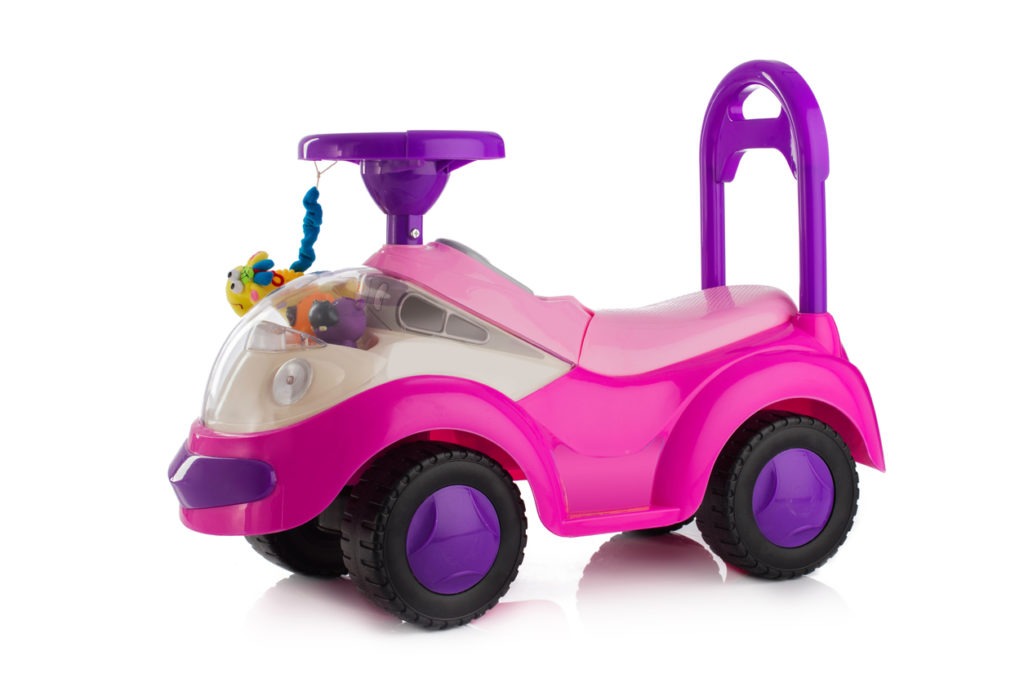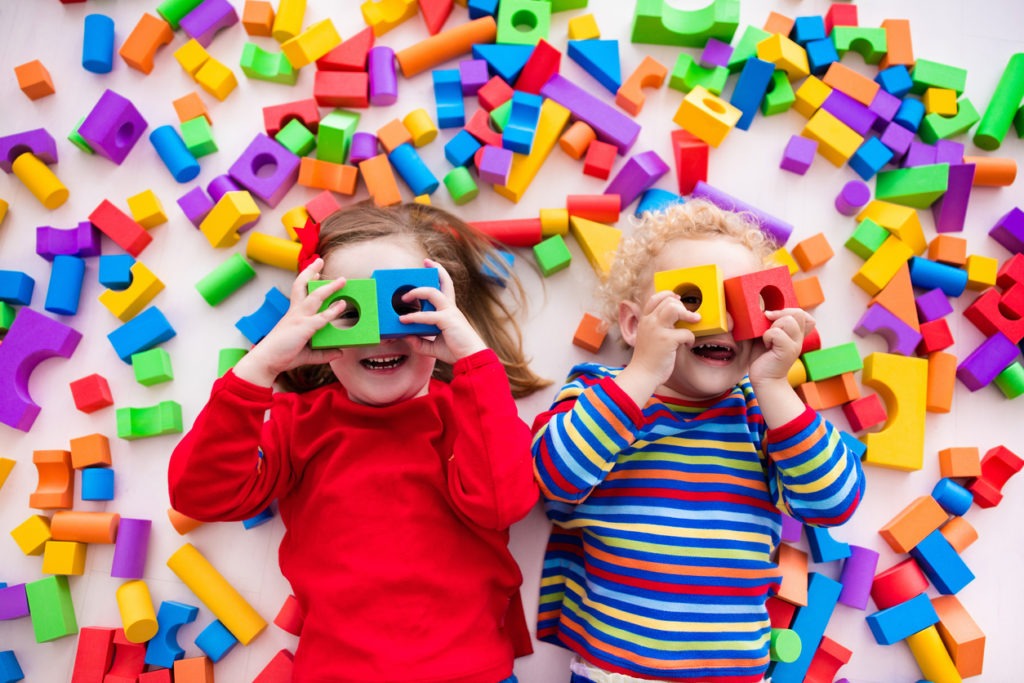According to study, a child’s development includes having fun while learning. Even as a baby, play is a key part of a child’s development because it helps them discover who they are. Ensuring that children have enough play is important for families because it helps kids get rid of excess energy. Simply by seeing and taking in their surroundings, young children’s minds can already be said to be evolving.
Children can learn a variety of life skills through the use of educational toys. Learning about conflict resolution, cause and effect, and problem solving can all be facilitated by educational toys. Additionally, it teaches kids the importance of sharing, aids in the growth of their fine and gross motor skills, and fosters their imagination and creativity.
As society and ideas have evolved, there are now many toys available with excellent functionality and features that aid in children’s education. You might choose the top educational toys for kids using the list below.
Sit to Stand Learning Walker
The Sit-to-Stand Learning Walker helps your baby go from being a crawler to a walker by using technology that changes as your baby does. As soon as your child starts to walk, they will have a lot of fun because they will have a whole barnyard full of friends to cheer them on. Start with the activity panel, which is easy to take off for fun on the floor or on the go. Then, move on to the easy-to-use walker for the next step. A phone handset, five piano keys, three colorful rollers, three shape sorters that light up, three light-up buttons, and spinning gears will keep your child busy for hours and help him or her learn and improve their motor skills. With the Sit-To-Stand Learning Walker, baby stays on track while learning about shapes, colors, animals, music, and more.
Shape Sorter
One of the most popular toys for young kids is a shape sorter. It comprises of a container with holes in the top and/or sides and a collection of 3D forms. Only one of the holes in each form should allow it to enter the container.
Your child can improve their language, fine motor, hand-eye coordination, and problem-solving skills while using the shape sorter.
Building Blocks
Toy blocks, also referred to as building blocks, are strongly formed blocks used for imaginative play. They can be made of wood, plastic, magnetic materials, and many other materials.
According to studies, children can develop their motor and eye coordination, spatial thinking, intellectual adaptability, language skills, social skills, and constructing abilities with the use of toy squares.
Rain Sticks
To assist the sense of hearing grow, rain sticks offer consistent, rhythmic auditory stimulation. Toy rain sticks also aid in stimulating visual perception thanks to the colorful beads and moving bits inside. Rain sticks can be comforting for kids who struggle with sensory processing.
Flashy Balls
Visual perception, visual tracking, and reaction time are all enhanced by flashy balls. Flashy balls’ rough surfaces stimulate the nerve terminals in the fingers, which aids in the development of touch.
Swing Sets
Children learn the value of efficient energy transfer during movement when swinging, and they also improve their upper body and fine motor abilities. Swings promote imaginative and dramatic play as well as cooperative play amongst users.
Scooter Boards
A scooter board is a fun sensory toy and educational item that occupational therapists and instructors frequently utilize with their clients. These boards offer a ton of sensory information, mostly vestibular and proprioceptive, which are crucial for your child’s coordination, balance, and body awareness.
Trampoline
Children learn the distinction between anchoring their bodies (when their feet touch the ground) and linear movement on trampolines (bouncing into the air).
Additionally, kids learn about where they are in relation to their surroundings in space. When giving your kids a trampoline, be sure to follow all safety instructions and warnings.
Tactile Substance Toys
The tiny nerve endings under the skin of children’s fingertips are stimulated by tactile material toys. Children’s sense of touch is aided in development by this stimulation.
The act of manipulating objects also promotes the growth of fine motor skills. The addition of colors and scents to tactile substance toys aids in incorporating the senses of sight and smell into play.
Stress Balls
Children may feel the texture of the stress ball as well as the resistance of the foam by squeezing it. Stress balls provide a manageable resistance while squeezing. A child will benefit from being more conscious of the strength and placement of their fingers while they hold the object.
Bubbles
For preschoolers, blowing, observing, and playing with bubbles is an enjoyable educational activity. This age group benefits from it because it helps them improve their cognitive skills, comprehend fundamental scientific ideas, and have fun exploring science.
Balance Board
A rocking board made of wood or plastic with a non-skid surface. While standing on the board, the kid strives to keep their balance.
The central and peripheral nerve systems can be trained through balance-board activities and exercises, which can also help children develop body control skills and increase their strength, coordination, and balance so they can succeed in other types of physical movement.
Stuffed animals
Given their versatility, stuffed animals can take on a variety of roles in imaginative play. They can substitute for humans in your child’s make-believe worlds because they are anthropomorphic. Children can develop empathy by conversing with their stuffed animals, hearing their responses, and acting out (or reenacting) real-life situations.
Playsets
It may appear that there is only one way to play with a playset (such as a storefront, a mechanic’s bench, or a kitchen), but that isn’t the case. Children rehearse roles and actions they are only learning when they use playsets. Your kids will never play the same game twice, even if they simply play “mommy and daddy” with the kitchen set.
Cardboard boxes
Children can use a basic cardboard box as a blank canvas to show their imagination and creativity. A cardboard box offers a child countless option for play because it is plain brown, has an untextured surface, and makes no fascinating sounds or scents.
Costumes
A few costume accessories should be stored in a chest or hung on a wall in every playroom. Children might further indulge in their fancies and pretend personas by dressing up. Some costumes, like a fireman’s hat, lend themselves to fewer sorts of play, whilst others are more adaptable, such as a child’s umbrella, big floppy hat, old towels, an oversized coat, cheap costume jewelry, etc. Children can transform into anything using these tools.
Children are innately imitative beings. They mimic the actions of the adults and people around them to learn about the world. Children learn about other people’s lives by copying their behaviors, feelings, and words through dress-up and dramatic role-playing.
Tactile Disks or Squares
Children’s sense of touch is challenged by appealing to touch tactile structures, each with its unique hue. Children’s sense of touch on their hands and feet is challenged with inviting tactile material, which also helps them improve their verbal description skills for sense impressions.
Chewy Tubes
Chewy Tubes assist in teaching the crucial oral motor skills of chewing, biting, and normalizing oral habits. Additionally, occupational and speech therapists employ this tool in Optional Practical Training (OPT) programs and other feeding or oromotor treatment.
Putty
The toy putty is made of silicone polymers, which have peculiar physical characteristics. It can flow like a liquid and bounce, yet it can also break when struck hard.
Putty is excellent for boosting endurance and hand muscle strength. to gradually extend range of motion or loosen up. Putty is also used to support emotional control.
Toy Cars
Toy cars help kids develop their fine motor abilities, or the ability to bend, reach, push, and pull objects with their bodies while maintaining balance and coordination. How? by providing kids with a chance to practice their gross and fine motor abilities during playtime.
Children generally learn from moving things around. They become aware of how slowly or quickly toys move and learn how to exert pressure in order to change the toy car’s direction or speed. This early experience educates the child to believe in their own strength.
Your child’s social, physical, and emotional development can be boosted by playing with toy and ride-on cars.
Alphabet Learning Posters
These alphabet learning posters make wonderful additions to the nursery. They introduce the alphabet, numbers, names of animals, and descriptions of each. Toddlers might become familiar with these objects by studying the vibrant wall hangings on their walls. This educational poster for your kid’s room will aid in word acquisition, hand-eye coordination development, and recognition skills. Furthermore, it’s not at all difficult to pick up new terms from this poster. All you have to do is attach this poster on the wall of your child’s room using some tape.
Electronic Toys
Children can learn a lot from electronic toys, especially if they are designed to appeal to interests in science, technology, engineering, math (STEM) fields like arithmetic or coding. Some, like a drone, are made more for play and entertainment.
How to Choose the Best Educational Toy
Although toys are intended to be played with, they can also help your child learn skills that are important for their future. This guide will assist you in selecting the best toys for promoting your child’s growth out of the many options available.
Choose toys based on your child’s interests and skills
Before engaging with a toy, your child must be interested in it, so be sure to select toys that are both age-and interest-appropriate. You may have to experiment at first, but you’ll soon discover what your child is most interested in.
Look for toys that promote heuristic play
Children’s growth is greatly aided by heuristic play, which is the sensory examination of ordinary stuff. Make sure that the toys you choose are open-ended and may be utilized in a variety of ways if you want to encourage the same kind of play. Your children have the freedom to be creative and utilize these objects whatever they like with toys like building blocks or bricks and arts and crafts supplies.
Many open-ended toys promote STEM learning—science, technology, engineering, and math—in a natural and enjoyable way, which are critical lifelong skills.
Pick toys that promote social skills and collaborative play
As early as possible, you should encourage your kids to be social because this helps them later on with their self-esteem, communication, and engagement. You may teach your kids to share, take turns, and important skills like bargaining and compromise by selecting toys that foster the development of social skills, such as board games, puzzles, experiment kits, and building materials. Your kids will only pick up new developmental skills as they grow, like teamwork and problem-solving.
Choose toys that encourage imagination and offer opportunities for pretend play
It is crucial that our kids engage in pretend play since it fosters creativity and improves their language and reading abilities. Toys that can offer these chances are fantastic for our kids since they can do everything from adopting new personas and acting out novel circumstances to attempting communication and expanding their vocabulary.
Look for age-appropriate board games that are excellent for enhancing language and math abilities
In addition to being a lot of fun, board games can significantly help young children’s math abilities. No matter how frequently they are played, board games can aid in the development of numeracy and cognitive abilities through activities including counting as players move around the board, reading the questions, and acquiring crucial strategy skills. Just be sure to pick games that are suitable for your child’s age; you don’t want them to be too challenging or too simple so that they won’t challenge them or help them grow.
Select toys that promote exploring of the real world
Even as adults, we are always exploring, learning, and discovering new things about the real world. Toys that encourage kids to spend time outside, like binoculars and a bird book, a bug-catching kit, or science kits, can really engage them in nature and foster a lifelong love of learning and a natural curiosity. Children will be asking a variety of how and why questions, which are crucial for critical thinking and will provide hours of exploration.
Conclusion
It is never too early to begin instilling in children the value of education. Toys for kids that are educational are a terrific method to do this, as they also help children learn teamwork and social skills. Additionally, the educational toys keep the youngsters interested in ways you might not have thought possible. The best educational toys for kids may make studying enjoyable and aid in the development of abilities that are crucial for success in school.
